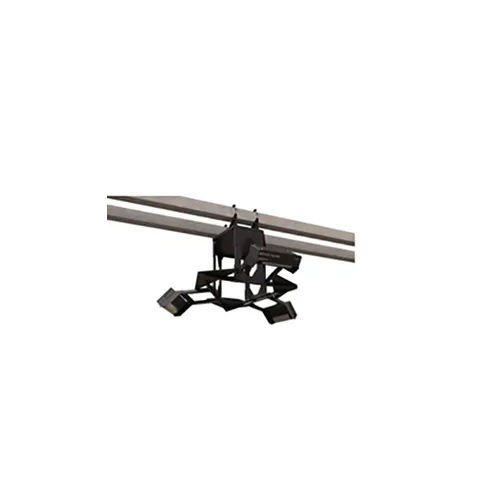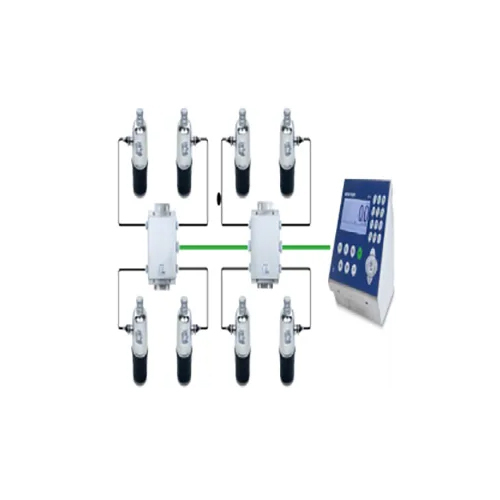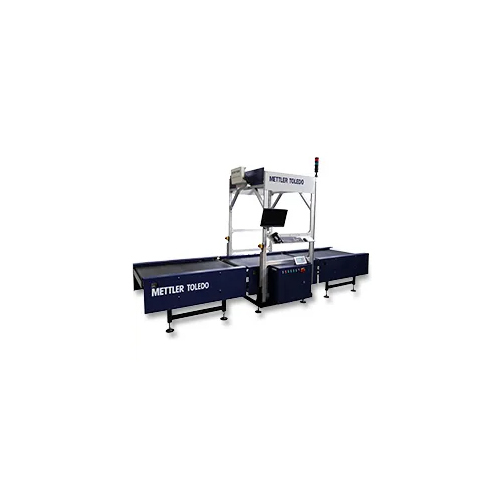Pallet Dimensioning
Product Details:
Product Description
Pallet Dimensioning
Accurate weight and dimension data of any pallet
Measures all Shapes
Automatic and manual solutions for easy and accurate data capture
Measures all Surfaces
Highly sensitive lasers make measurement of difficult surfaces easy
Efficient Handling Process
Automated or mobile processes increases efficiency
Easy Integration
Simple interfacing with floor scales, forklift scales, barcode readers and existing IT infrastructureSpecification:
- Uses: Weighing and Scanning
- Object Shape- All Shape sizes
- Through put- Approx 200 pallets/ hr
- Increases your profits
- Optimizes your cross dock operations
- Pallet Dimensioning is very economical to use
- Highly durable in nature
- Increases productivity
- Excellent performance
- Safe to use
Product details
| Brand | METTLER TOLEDO |
| Usage/Application | Industrial |
| Color | Mirror Finish |
| Uses | Weighing and Scanning |
| Through put | Approx 200 pallets/ hr |
| Object Shape | All Shape sizes |
FAQ
1. What are the dimensions of a typical pallet?
Ans - Depending on the type of pallet, different standard pallet dimensions apply. Sizes 48" x 40", 48" x 48", and 60" x 48 are the most popular.
2. How should a pallet be measured?
Ans - You should measure a pallet's length and width in inches in order to determine its size. You should also measure the height of the pallet because pallet heights can vary.
3. What is the most weight that a pallet can support?
Ans - A pallet's maximum carrying capacity is influenced by its size and composition. Pallets can typically support up to 2,500 lbs.
4. How much room is required to store a pallet?
Ans - The size of the pallet determines how much room is needed to store it. Typically, you should provide each pallet at least 4 feet of room.
5. How should I stack pallets correctly?
Ans - When stacking pallets, it is best to start with the heaviest pallet on the bottom and work your way up. To keep the pallets from tipping over, make sure to distribute their weight equally. Additionally, load-bonds or straps can be used to fasten the pallets together.

Price:
- 50
- 100
- 200
- 250
- 500
- 1000+
Other Products in 'Transport & Logistics Solutions' category
 |
Mettler-Toledo India Private Limited
All Rights Reserved.(Terms of Use) Developed and Managed by Infocom Network Private Limited. |
 English
English Spanish
Spanish French
French German
German Italian
Italian Chinese (Simplified)
Chinese (Simplified) Japanese
Japanese Korean
Korean Arabic
Arabic Portuguese
Portuguese






